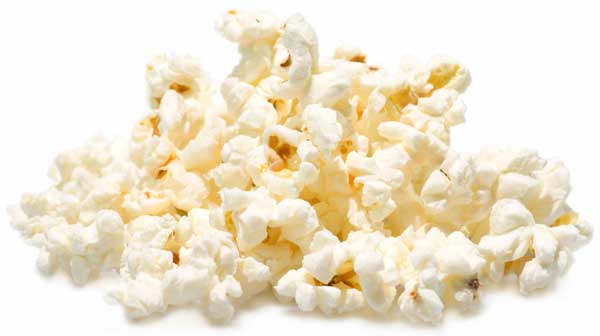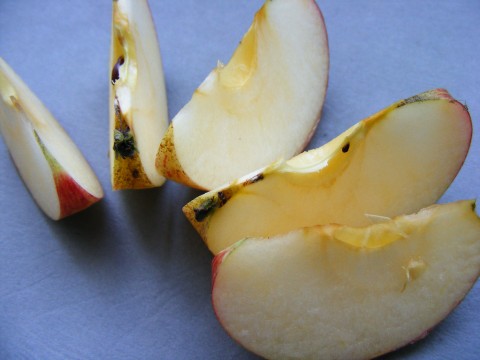Hey all! Have you ever wondered, “How did they get that animal to DO that??” It’s all about contingency management. What’s a contingency, you ask? A contingency is a relationship between a response (or a behavior) and some environmental consequence. (And by consequence, I don’t mean the normal, everyday definition of that word…like when a small child does something wrong and the parents say, “You’re going to get a consequence!” Nope, that has an implication that consequences are always bad.) A consequence, when you’re talking about contingencies, is anything that happens immediately after a behavior. And in general, there are two types of consequences – the type that make the behavior more likely to occur in the future (reinforcing consequences), and the type that make the behavior less likely to occur in the future (punishing consequences). At the museum, the keepers work mostly with reinforcement contingencies – we’re always looking for ways to increase the frequency of the behaviors we need to gain the voluntary cooperation of the animals in their own care and management.
If you want to increase the frequency of a response, there are two ways you can do it. You can either add something that the animal likes, or you can remove something the animal finds aversive. If the immediate consequence of a response is the addition of a small, favorite food item, then the future likelihood of that response will go up. If the immediate consequence of a response if the removal of something the animal finds aversive, then the future likelihood of that response will also go up. Those two contingencies are called Positive Reinforcement (Positive = addition) and Negative Reinforcement (Negative = removal).
Imagine you want your lemur to voluntarily go in a crate so you can transport it to the hospital for a vet visit. If, every time the animal went into the crate, the keeper delivered a small bite of a raisin, then the lemur would be more likely to go in the crate in the future. And the likelihood will go up even more if that lemur especially loved raisins, and the only time the lemur got raisins was when he went in the crate. His motivation for doing the response would be high, because he has to work for that high-value reinforcer (raisins).
Now imagine (and this isn’t the case here at the museum, but let’s just imagine) a lemur that was housed in sight of one of its natural pedators (like a Fossa). The sight of that predator would be an aversive stimulus – something the lemur really didn’t enjoy. If, every time the lemur went into the crate, the immediate consequence was the removal of the sight of the predator (because the lemur can’t see through the walls of the crate), then the lemur would ALSO be more likely to go into the crate. The likelihood of the response goes up because the immediate consequence of the response is the removal of a stimulus that the animal doesn’t like.
Both are reinforcement contingencies, because they both result in an increase in the frequency of the response (going in the crate). But one contingency is the addition of a stimulus (the raisin) and the other is the removal of a stimulus (the sight of the predator).
Here at the museum, we focus mainly on positive reinforcement contingencies. Keepers reinforce responses with favorite food items that are reserved just for training. For the lemurs, dried f ruit is a favorite. For the pigs, popcorn is a big hit
ruit is a favorite. For the pigs, popcorn is a big hit . Max loves his hay. The bears enjoy apples
. Max loves his hay. The bears enjoy apples .
.
Each individual animal has their list of favorites. What would be a high value reinforcer for you?
Popcorn!
vegan cookies!
Vacation!
Sushi!
Hey Julie, I just wanted you to know that your lessons about reinforcers are used beyond training. For instance, I like to annoy Kimberly sometimes because her reactions are very amusing to me when she gets all riled up. I finally had to tell her yesterday, “Kimberly, I’m sorry I annoy you, but Julie is right. You see, I have a certain behavior that elicits a desired reaction from you. Therefore, the likelihood of me repeating that behavior increases.” And she responded with, “Oh my gosh, you’re right! Hahaha!” 🙂
I’m so glad you are able to apply the principles to your everyday life, Marilyn! (Kimberly, we need to talk about extinction.) 🙂